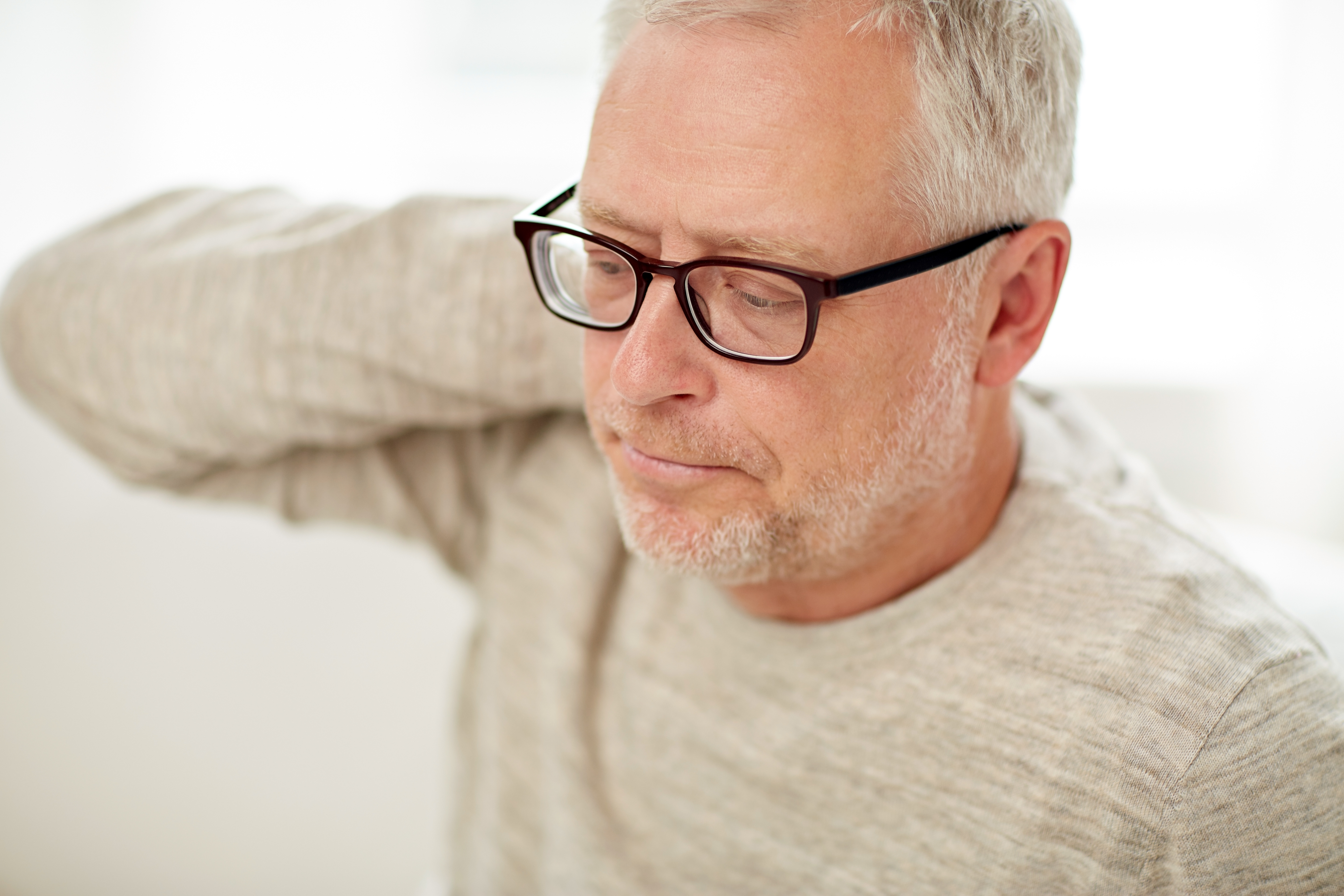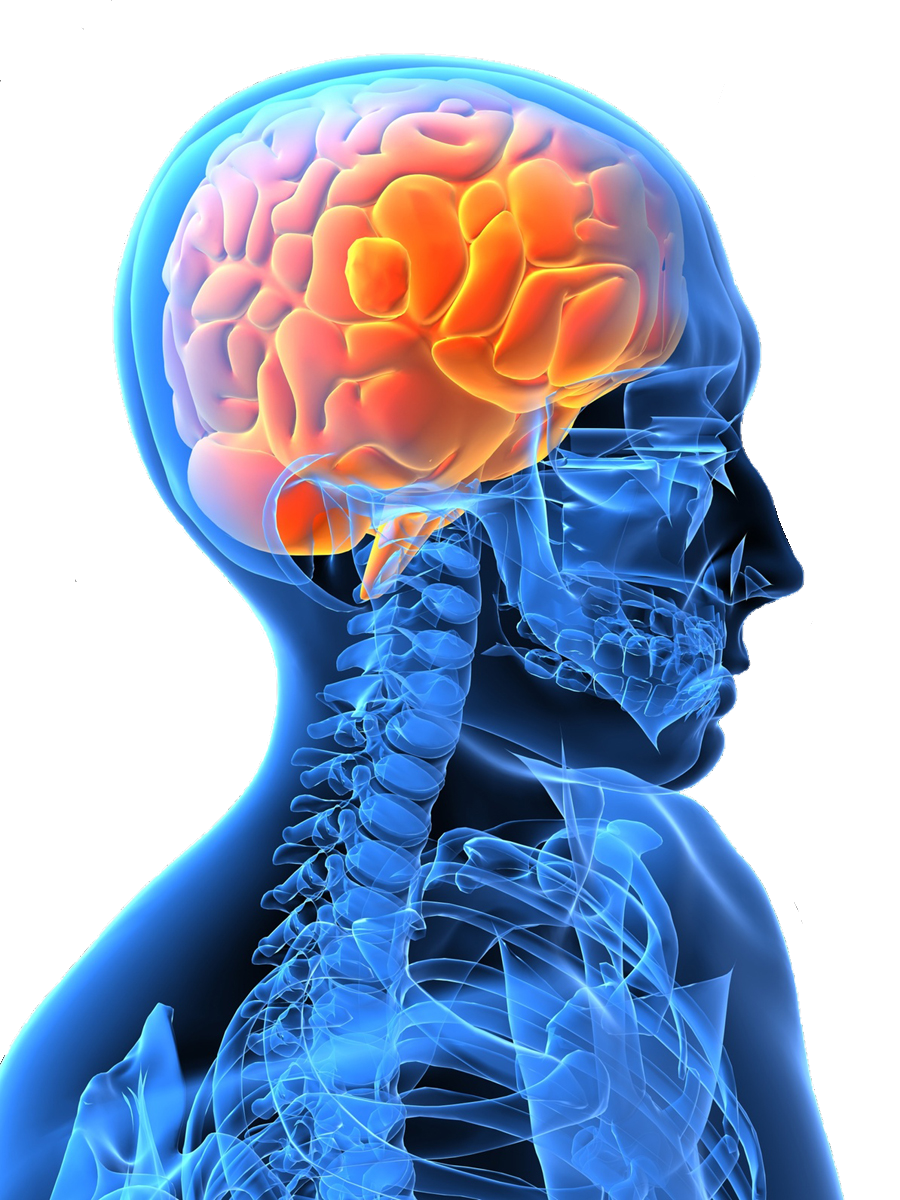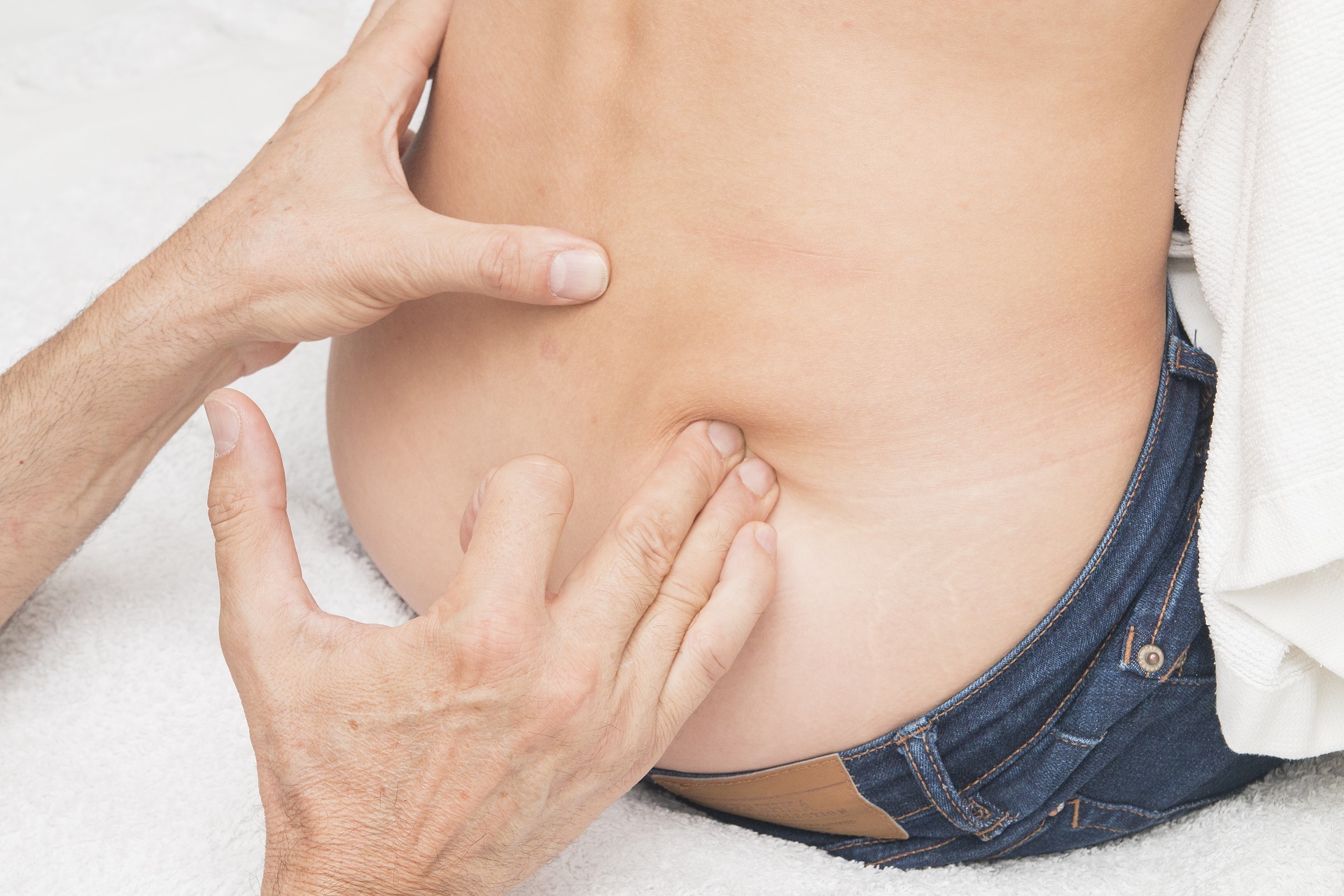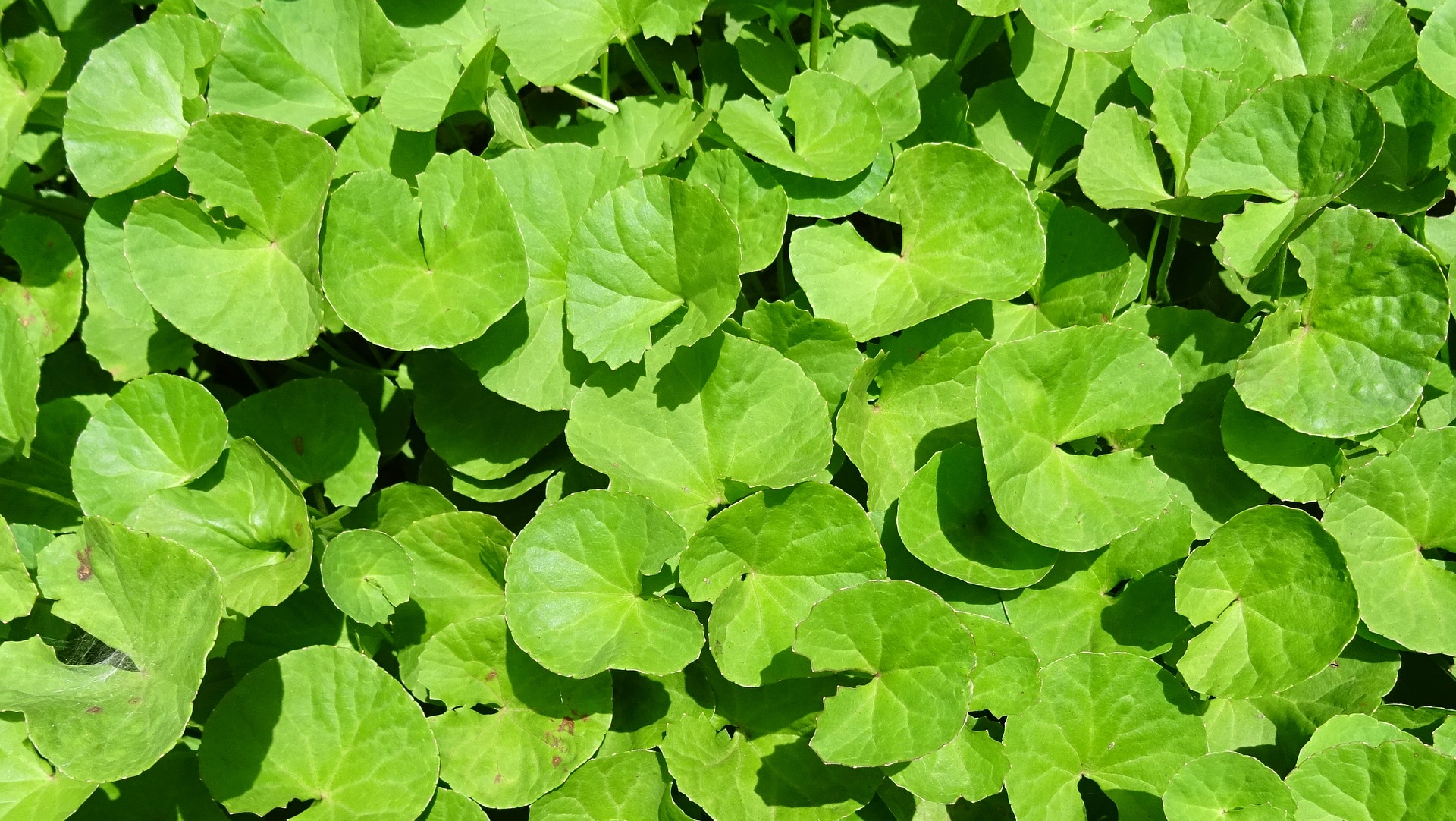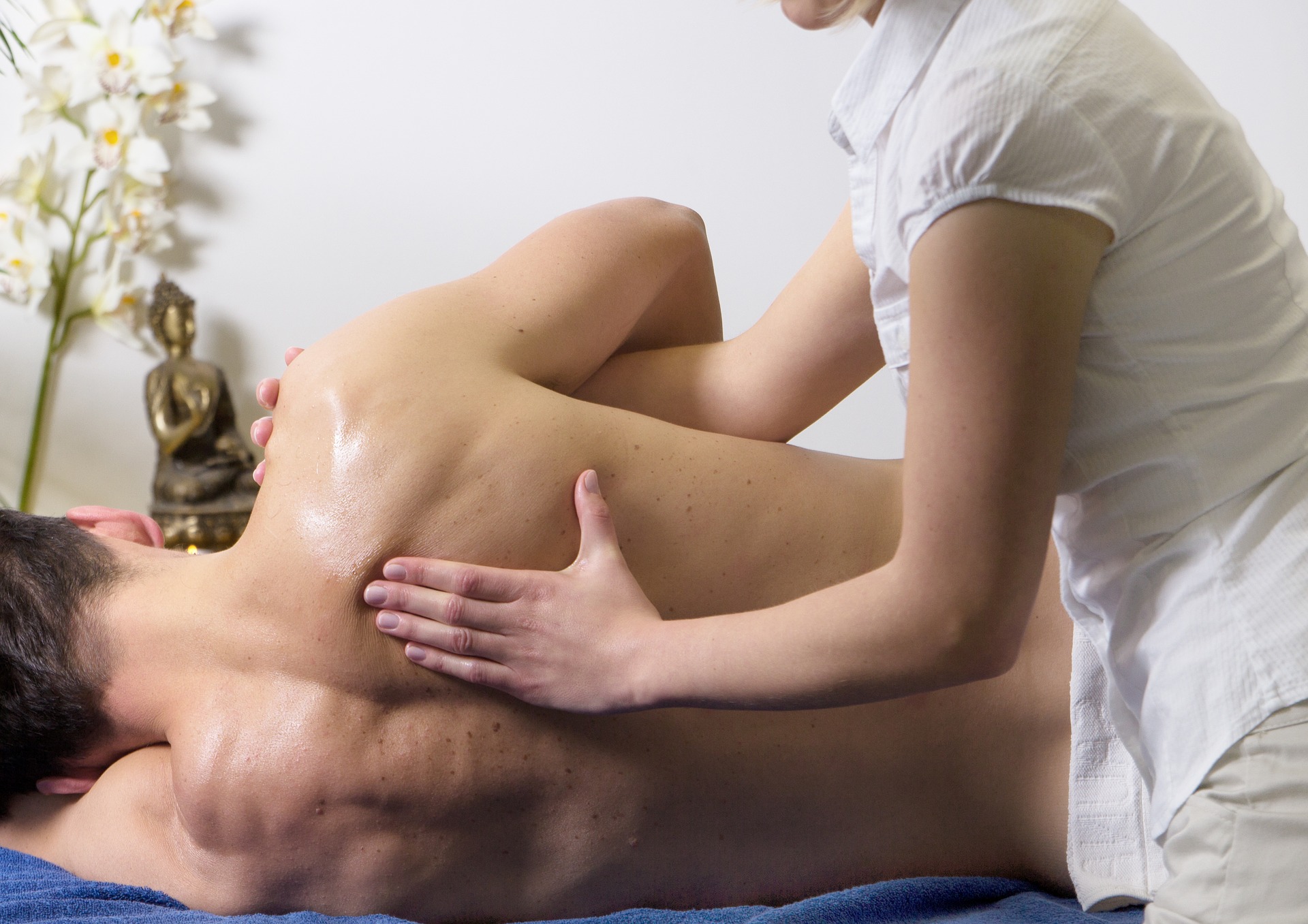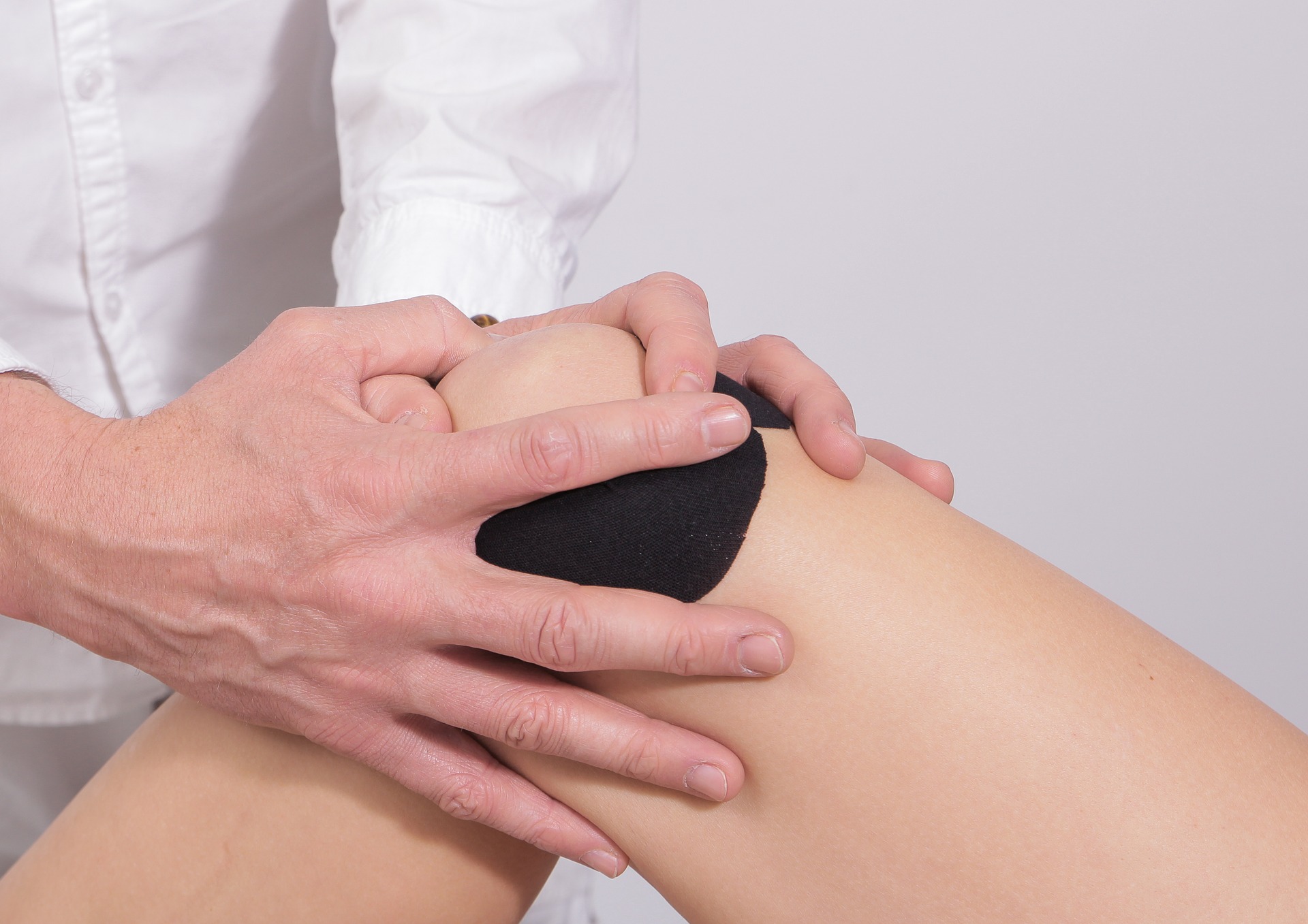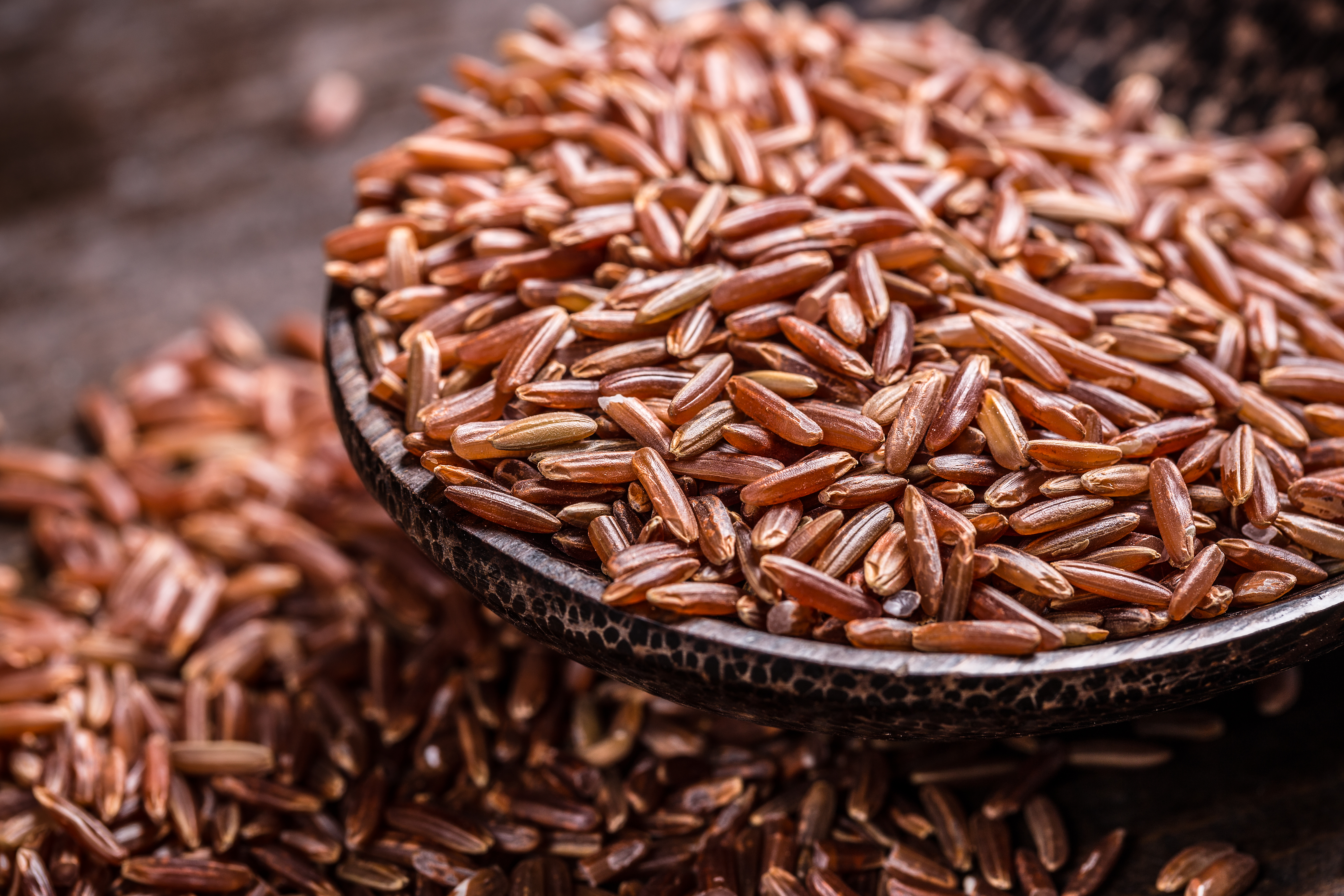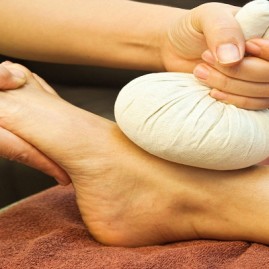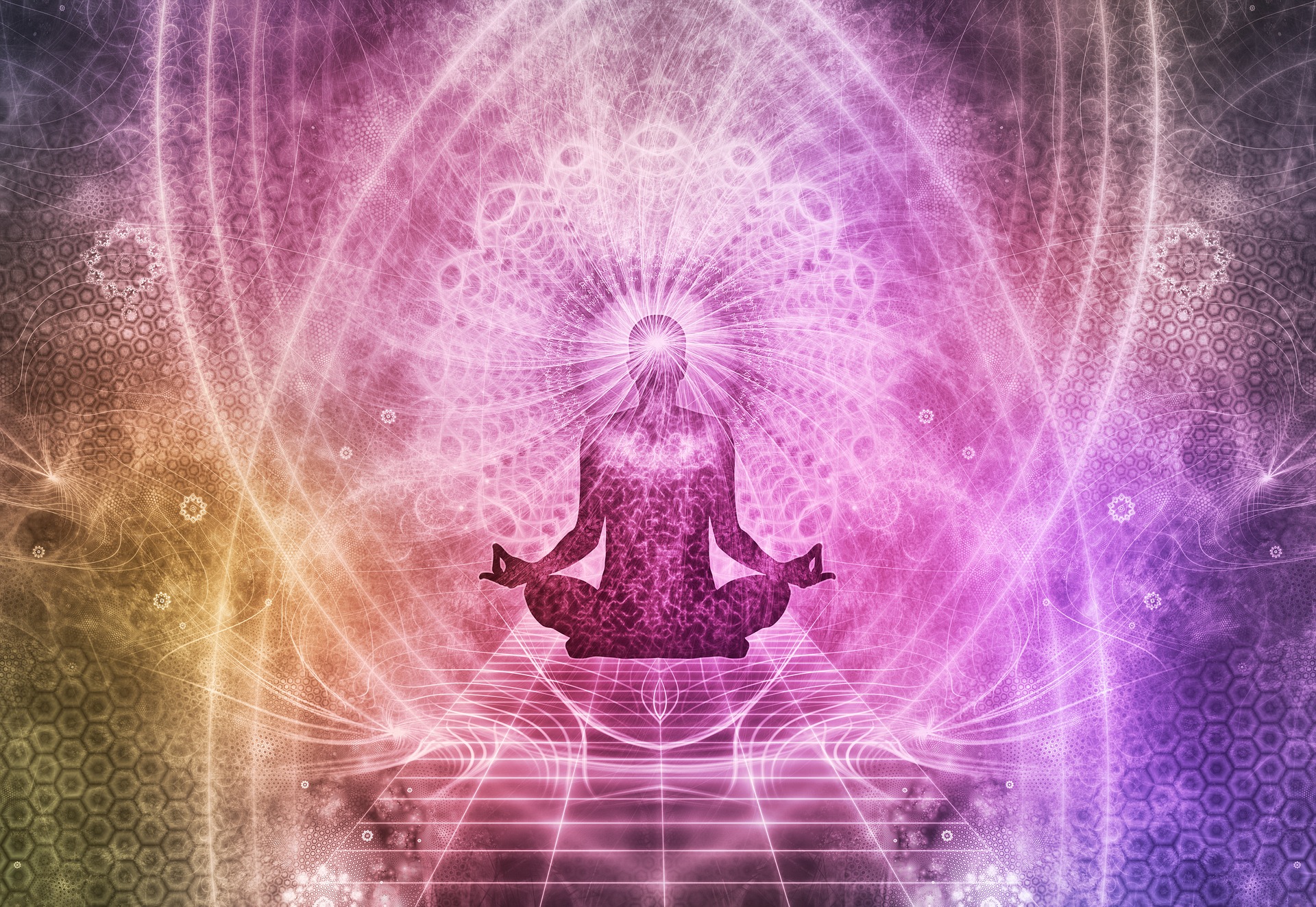One of the most common spine-related disorders that can affect your day-to-day life is cervical spondylosis. This is a condition I see quite commonly in my Ayurveda clinic at Chennai. Sadly most patients come to me only after the condition exacerbates and when they are in intense pain. One of the main reasons for this painful condition is a complete lack of awareness of this condition. What causes cervical spondylosis? Is there an easier solution? Can you gain back your regular lifestyle after being affected by this condition? Let’s find out, shall we?
What is cervical spondylosis?
Cervical spondylosis involved complete yet gradual degeneration of the neck vertebrae (cervical vertebrae) and the cushioning cartilage between the vertebral bones. There are many causes of cervical spondylosis, including aging, overexertion, wear and tear, and poor lifestyle. In Ayurveda this condition is called Greeva Sandhigatvata. This condition is commonly seen in people older than 40 years, but of late younger people are also getting afflicted with this condition.
Common causes of cervical spondylosis
Ayurveda categorizes this condition as a vata roga, which leads to tissue degeneration in the neck as a result of excessive drying of the cushioning agent around the neck bones. The bones of the neck portion of the back bone are packed closely one above the other with a cushiony cartilage layer in between. It’s the cartilage that makes sure that the bones do not brush against each other painfully. In addition, sensitive nerves from the brain pass through these neck bones. So when the cartilage loses its elasticity the bones irritate the nerves when they touch the nerves.
Of course, age-related wear and tear, as well as previous instances of injury to the neck, is a major cause of cervical spondylosis, but there are other causes. Poor food habits in terms of eating excessive gas-forming edible items, eating excessive food after an excessive gap, eating a lot of fried food, poor water intake, and consuming excessive dry and cold food is a primary contributor. Poor posture, excessive body strain, poor sleep schedules, and sedentary lifestyle are dangerous contributors to this condition.
Symptoms of cervical spondylosis
One of the main symptoms is radiating pain that is initially bearable but quickly escalates in severity. This pain often radiates to the shoulders and upper arms. This is accompanied by a tingling sensation and numbness in the arms and sensory loss. There are also significant instances of vertigo and headache. The patient experiences extreme difficulty while trying the move the neck. Since this condition is increasingly debilitating, every symptom continues to worsen till it affects the patient’s ability to carry on the routine tasks of day-to-day life.
Treatment of cervical spondylosis
The treatment of this condition first requires a detailed assessment by an experienced Ayurveda doctor. The doctor will confirm that your condition is indeed cervical spondylosis and will determine the severity of your condition. The treatment protocol and recommendations depend on the stage of your condition. One of the main focus of treatment is to pacify Vata roga by detoxifying the body’s ama and correcting the digestive tract. Another critical treatment is to restore the nourishment of the cartilage cushion and pain relief. Rejuvenation treatments also help the body to recuperate faster.
Common treatment approaches
Snehana and swedana: Steam therapy or swedana is extremely effective in managing the pain, headache, stiffness, and other symptoms of the condition. Snehana or oleation helps overcome the dryness from vata roga and in improving joint flexibility.
Basti on the neck involves placing a well-like poultice at the back of the neck and pouring warm medicated oil into it. The heat from the oil will expand the space between the neck bones, which will prevent them from causing pain, while the medicated oil helps to nourish and rejuvenate the cushion.
Navarakizhi also helps with nourishing the cushioning agent while the heat from the kizhi is a great healer of pain. Pizhichil or complete oil massage with excessive medicated oil also plays a critical role in relieving inflammation and pain and in making the neck joints more flexible. However, all these procedures require multiple sittings.
Panchakarma treatment is critical for detoxification and helps revive the vata balance. However, this treatment can be performed only when your Ayurveda doctor is confident that your body is strong enough to take up this treatment.
Internal herbal formulations including ksheerabala are helpful in rejuvenating the body. But correcting your diet and lifestyle is critical to correct your condition. Avoid exposure to anything cold – cold bath, cold weather, cold food, etc. Maintain correct postures while at work or even while relaxing. Avoid stress and excessive strain on your neck and stay away from an excessively sedentary lifestyle. Do not consume food that exacerbates the condition, such as gas-forming food, fried stuff, sour curd, cold stuff, etc.

